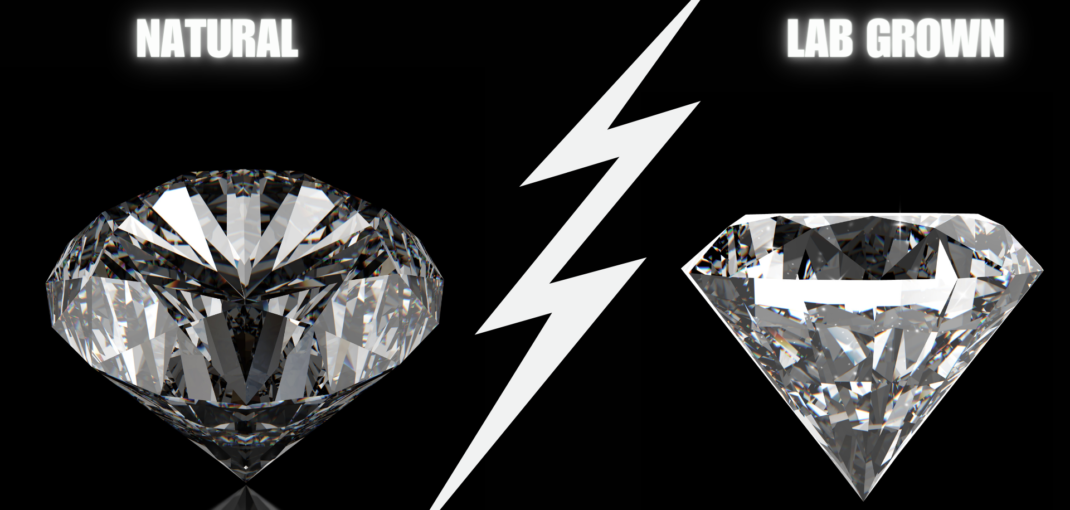In an effort to demystify the diamond industry, the Natural Diamond Council delves into the common questions and misconceptions surrounding natural diamonds and lab-grown diamonds. Below are some key facts to consider when deciding between the timeless allure of natural diamonds and the innovation of lab-created alternatives.
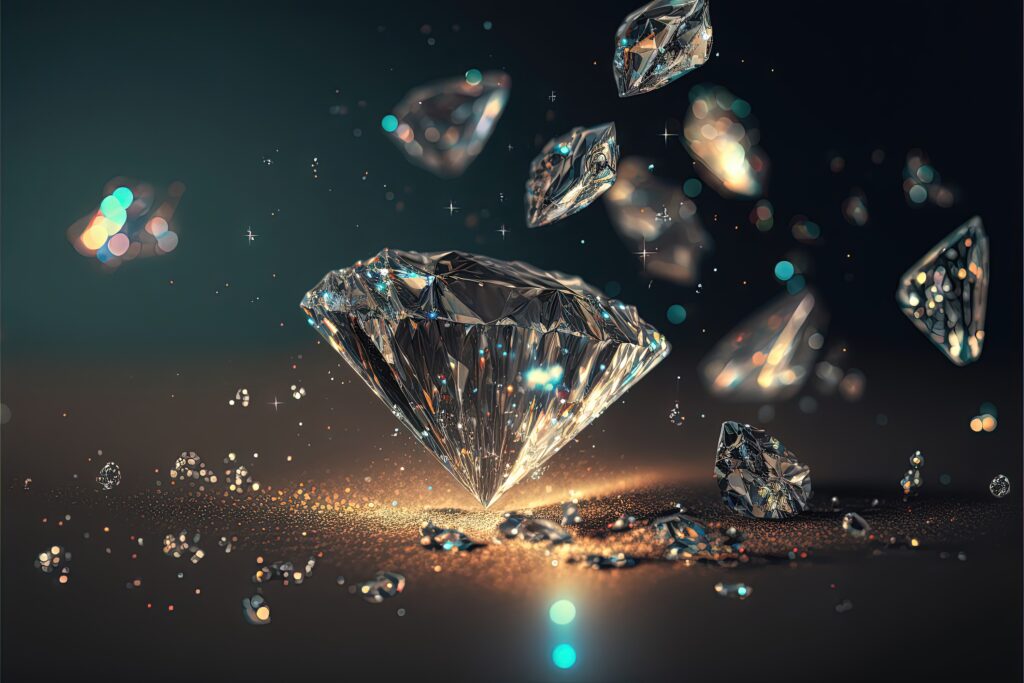
Diamond Fact #1: Identifying the Origin
- Natural diamonds, formed deep within the Earth over 1-3 billion years, exhibit distinct characteristics that set them apart from their lab-grown counterparts.
- Laboratory-grown diamonds, mass-produced in weeks, often display specific growth-related patterns detectable with professional verification instruments.
Diamond Fact #2: Price Trends
- Natural diamonds have demonstrated an average annual appreciation of approximately 3% over the last 25 years.
- In contrast, the price of a 1.5-carat laboratory-grown diamond has experienced a substantial decrease, dropping by over 75% from 2016 to 2022.

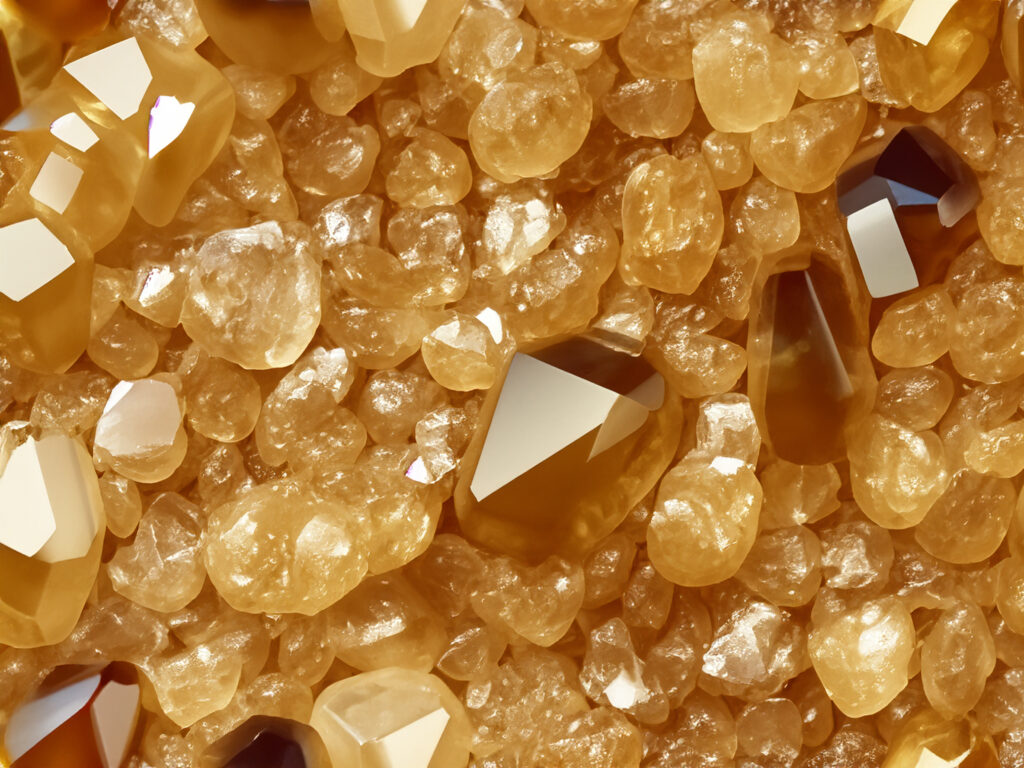
Diamond Fact #3: Ethical Sourcing of Natural Diamonds
- The Kimberley Process, mandated by the United Nations and the World Trade Organization, ensures the strict regulation of rough diamond trade to guarantee conflict-free sourcing.
- Initiatives like the Responsible Jewellery Council provide 3rd party audited certifications, reinforcing responsible sourcing practices for natural diamonds.
Diamond Fact #4: Sustainability of Lab-Grown Diamonds
The energy-intensive process of creating lab-grown diamonds, coupled with manufacturing in regions with significant coal-based electricity generation, challenges the notion of simplistic sustainability claims.

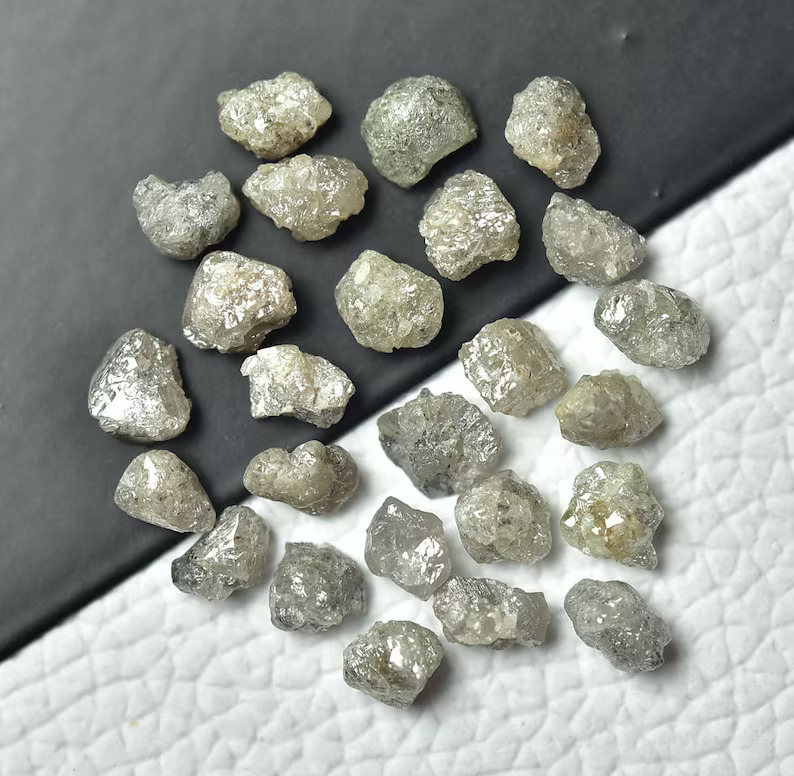
Diamond Fact #5: Rarity of Natural Diamonds
- Natural diamonds are genuinely rare, with global recovery decreasing by over 30% in the last 16 years.
- The annual recovery of natural diamonds 1-carat and above can fit into just one exercise ball, underlining their scarcity.
Diamond Fact #6: Environmental Responsibility
- The natural diamond industry is committed to decarbonization, with major players aiming for carbon neutrality and zero emissions in the coming decades.
- The industry actively protects biodiversity, covering areas four times larger than the land used for diamond operations.
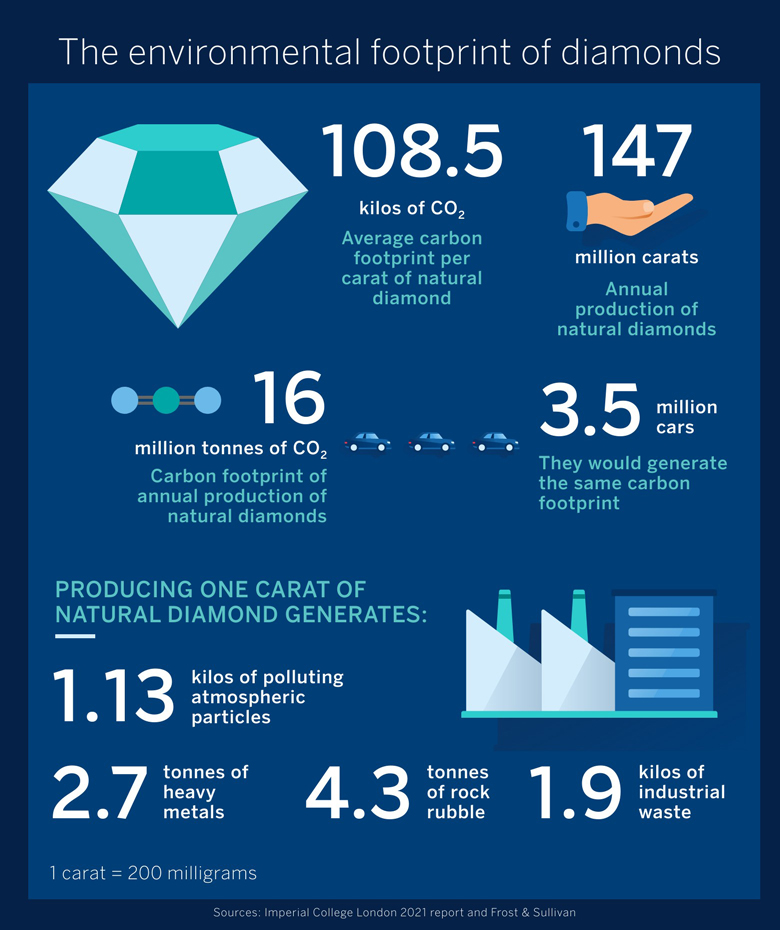

Diamond Fact #7: Economic Impact
- The natural diamond industry supports the livelihoods of 10 million people worldwide.
- Up to 80% of rough diamond value can remain with local communities through employment benefits, social programs, and investment in infrastructure.
Conclusion
In conclusion, understanding the nuances between natural and lab-grown diamonds empowers consumers to make informed choices based on their values and preferences. Only Natural Diamonds, presented by the Natural Diamond Council, is your definitive guide to the world of authentic diamonds, providing insights, inspiration, and education on all things natural diamonds.
Ready to adorn yourself or your loved ones with a piece of timeless elegance? Explore our Collection of diamonds by contacting us on info@samarthdiamonds.com and experience the allure of Samarth Diamonds.

